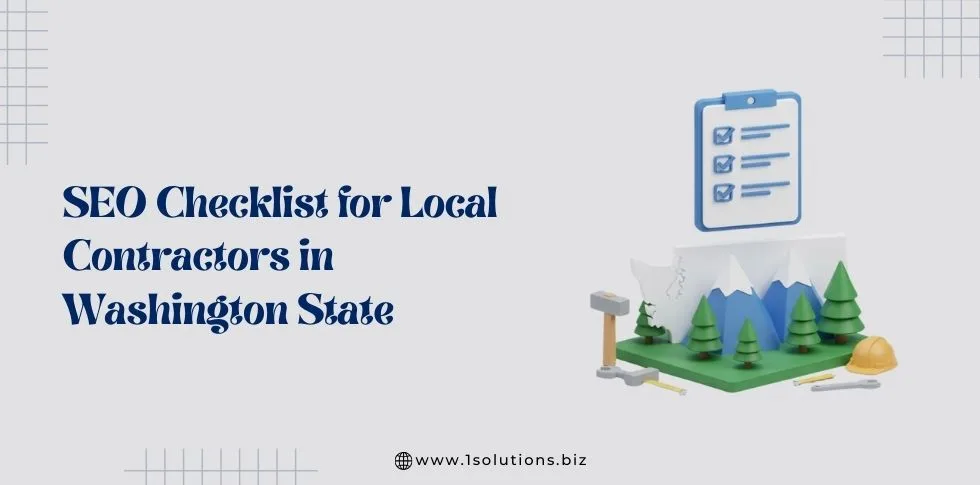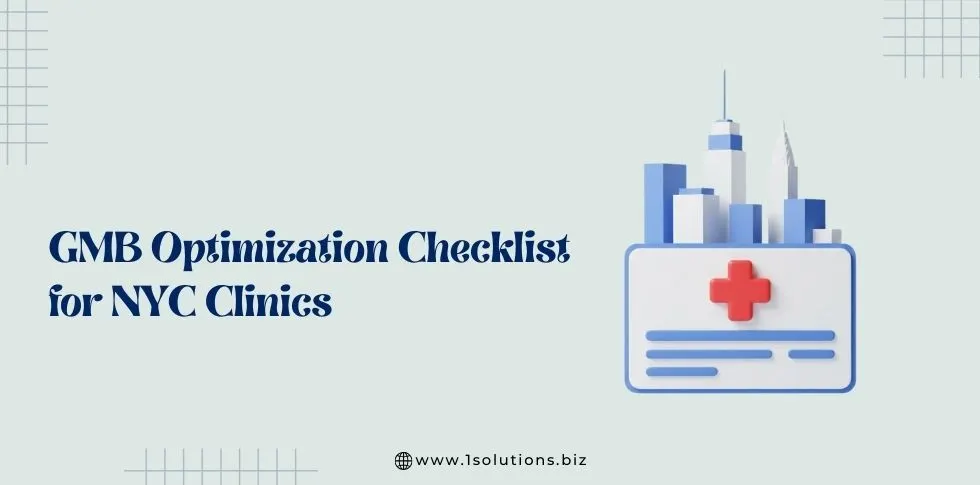A testimonials page is an important part of a website for any business.
Whether you are running an eCommerce website or providing any other services, testimonials provide a stamp of trust in your business.
It gives customers a place to share their experiences and thoughts about a product or service, which can be a powerful way to build trust and credibility with potential customers.
Testimonials show that other people have had success and satisfaction with a company’s products or services, which can have a big impact on buying decisions.
In addition to building trust and credibility, a well-made testimonials page can also lead to conversions and increase sales.
By showcasing delighted consumers and the specific ways a product or service has enhanced their lives, a testimonials page can effectively promote the benefits of a product or service and persuade future customers to make a purchase.
A testimonials page is therefore a valuable tool for any business that wants to improve its online presence and get more customers.
You can start to develop a good testimonials page from day one of your business or website by following these recommendations.
1. Real Testimonials Are Key
It can be very tempting to spend a happy hour or two writing your own glowing feedback for the product, service, and speedy delivery, but it’s often all too obvious that the testimonial is fake.
Drawing up testimonials yourself is a speedy way to kick start a testimonials page, but far from the best way. Even if you’re a start-up, you will undoubtedly have impressed some clients with one aspect of your service or another.
Oftentimes, we’re all guilty of keeping quiet about the positive but venting in outrage if something goes wrong. This is because we assume that the service should be top-notch every time, leaving little reason to comment when things go to plan but plenty of reason to complain when things do not.
You can work around this simply by asking clients at the end of the call if they were happy with the service they received or dropping a quick email after the order has been dispatched with a personal note inquiring about their experience using your company.
This should give you a real pool of quote-worthy comments and actual feedback to draw from.
2. Identify Influencers
There is no need to post every item of positive feedback you get on your testimonials page.
Influencers come in many guises, but you can start by identifying your repeat customers. Those individuals and businesses that come back to you again and again for their goods and services do so for a reason – ask them to verbalize it and you have an influential testimonial in the making.
Repeat business is a powerful testimonial tool as the decision maker is obviously passionate about at least one aspect of your business.
3. Offer Something in Return
Most people are busy with lots on their plate so you need to offer a reason for them to want to take time out to do you a favor.
It’s rare that as a customer you do a favor for the company you are buying from or doing business with so it’s important to incentivize the client to want to participate.
As your testimonial page will be on your website, the easiest thing to offer in return is a link back to the client’s website with their choice of anchor text. You could also offer a one or two-line description of the company at the end of the quote.
Not only will this make the testimonial seem more authentic but it will also provide exposure for your client and may even direct traffic to their website.
4. Be Professional in your Approach
Even if you get on well with your clients and speak to them on a regular basis, a professional approach when requesting a testimonial is more appropriate than a casual email or off-the-cuff call.
A request for a testimonial can be made via email, but structure the approach to include a list of questions (keep it short), their preferred contact details or company name to attribute the testimonial to, and an offer of sign-off on the testimonial either just before or just after the piece goes live.
You may also want to invite the person giving the feedback to submit a photo or company logo and a short bio to go with their comments on your website.
Always keep a copy of the submitted feedback along with the original approach as proof of permission to use the comments, just in case of problems or questions further down the line.
5. You Don’t Always Have To Focus on the Positive
We’d all be happier if our feedback were 100% positive, but we know that’s not possible. There will be occasions when plans don’t go as planned.
Website visitors are usually savvy enough to realize that the testimonials presented have been carefully edited to filter out any negative comments; however, there are lots of review sites online where they’ll also be able to find positive and negative reviews of your company.
Inviting customers who were dissatisfied with your service to provide feedback once the problem had been rectified is one way to mitigate the impact of negative reviews. This is something a reputation management company does.
Be sure that these people have seen their complaints handled before approaching them for a testimonial, but if you have gone the extra mile to put right a wrong, there’s no harm in asking for some feedback on how you did.
A testimonial starting with something like “I was initially unhappy with how long it took for my item to be delivered, however, X was extremely efficient in updating me with each update and went out of their way to keep me informed…” can actually make a good insert on a testimonial page.
6. Extend
There are no hard and fast rules that say you have to keep testimonials to one area of your website.
If you make a bold claim about a product or have a service that receives nothing but rave reviews, dot those testimonials around the relevant product page to add authenticity to bold marketing claims.
Testimonials can also be good food for social media and they can be used in places like Facebook or Twitter or in forums or review sites when appropriate.
7. Keep On-Page Principles in Mind
The way you format the page will make a big difference to what the reader gets out of it. A simple list of comments or quotes is not very useful to the visitor as it’s hard to digest tracts of text with no logical connection between paragraphs.
A poorly constructed page will also do little to help with your search engine optimization efforts. You can make a testimonial page work well from an SEO perspective by splitting the testimonials into product or service areas and then adding headers and text to denote the start of each section.
Links can also be placed to the product or service pages being discussed. You can consult a professional SEO company to achieve it.
If you opt for audio or video testimonials, transcripts of the multimedia content can also help with optimization.
Conclusion
In conclusion, making a testimonials page is a simple process that can make a business’s online presence much better and increase conversions.
By following the 7 steps, businesses can make a powerful testimonials page that shows off positive customer experiences, builds trust and credibility, and sells the benefits of a product or service.
A well-made testimonials page can be a useful tool for any business that wants to get more customers and make more money.































 in India
in India